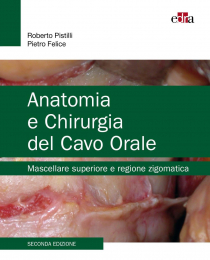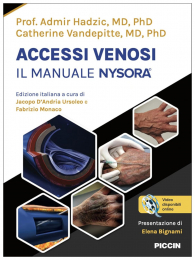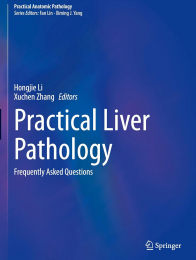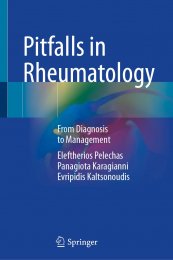|
Preface
Common laboratories values
1. Introduction of infectious diseases
1.1 Bacterial cell
1.2 Difference between gram-positive and gram-negative bacteria
1.3 Classification
1.4 Gram staining
1.5 Bacterial pathogenicity
1.6 Normal flora
1.7 Manifestations of infection
1.8 Basic immunology
1.9 Major histocompatibility complex
1.10 Complement system
1.11 Identification of microorganisms 1
Further reading
2. Gram-positive bacteria
2.0 General Description
2.1 Classification of Gram-positive bacteria
2.2 Gram-positive cocci
2.3 Gram-positive bacilli
2.4 Summary of gram positive bacteria
Further reading
3. Anaerobic bacteria
3.1 Classification
3.2 Gram-positive anaerobic cocci
3.3 Gram-positive anaerobic bacilli
3.4 Summary of anaerobic bacteria and selection of antibiotics
Further reading
4. Gram-negative bacteria
4.1 Classification
4.2 Gram-negative cocci
4.3 Gram-negative bacilli
4.4 Obligate intracellular bacteria
4.5 Spirochetes
4.6 Acid-fast bacteria
4.7 Bacteria with no cell wall
4.8 Summary of gram-negative bacteria and choice of antibiotics
Further reading
5. Antibacterial drugs
5.1 Classification
5.2 Beta-lactam
5.3 Carbapenems
5.4 Monobactam
5.5 Lipoglycopeptide
5.6 Linezolid
5.7 Daptomycin
5.8 Inhibitor of protein synthesis in bacterial cell
5.9 Metronidazole
5.10 DNA gyrase and topoisomerase inhibitors
5.11 Folic acid inhibitors
5.12 Miscellaneous
5.13 Antibiotics for high resistance bacteria
5.14 Antipseudomonal antibiotic
5.15 Antibiotics for anaerobic bacteria
5.16 Bacterial resistance
5.17 Resistance to beta-lactam
5.18 Antibacterial activity spectrum
Further reading
6. Viruses
6.1 Description
6.2 Classification
6.3 Respiratory viruses
6.4 Viruses associated with gastroenteritis
6.5 Exanthematous viruses
6.6 Enterovirus
6.7 Hepatitis
6.8 Viruses infect CNS
6.9 Viruses causing meningitis/encephalitis
6.10 Viruses causing hemorrhagic fever
6.11 - Viruses infecting skin or mucus membrane
6.12 Other herpes viruses
6.13 Acquired immune deficiency
6.14 HIV antiviral drugs
6.15 NoneHIV antiviral drugs
6.16 Summary of viral infection
Further reading
7. Fungus
7.1 Fungal cell
7.2 Classification
7.3 Yeast
7.4 Molds
7.5 Dimorphic fungus
7.6 Dermatophytes
7.7 Summary
7.8 Antifungal drugs
7.9 Quick reference of antifungal drugs
Further reading
8. Parasitic infections
8.1 Classification
8.2 Protozoa
8.3 Microsporidia
8.4 Helminths
8.5 Antiparasitic drugs
Further reading
9. Common infections caused by multiple microorganisms
9.1 Respiratory infection
9.2 Meningitis
9.3 Encephalitis
9.4 Brain abscess
9.5 Bacteremia
9.6 Sepsis and septic shock
9.7 Cardiovascular infection
9.8 Urinary tract infection
9.9 Gastro-intestinal infection
9.10 Ear infection
9.11 Nasal infection
9.12 Eye infections
9.13 Skin infection
9.14 Bone infection
9.15 Fever of unknown origin (FUO)
9.16 Sexually transmitted diseases
9.17 Prion
9.18 Quick reference of common infections, pathogens, and treatments
Further reading
10. Drugs, dosages, side effects, and pregnancy catagory
Further reading
Index
|





